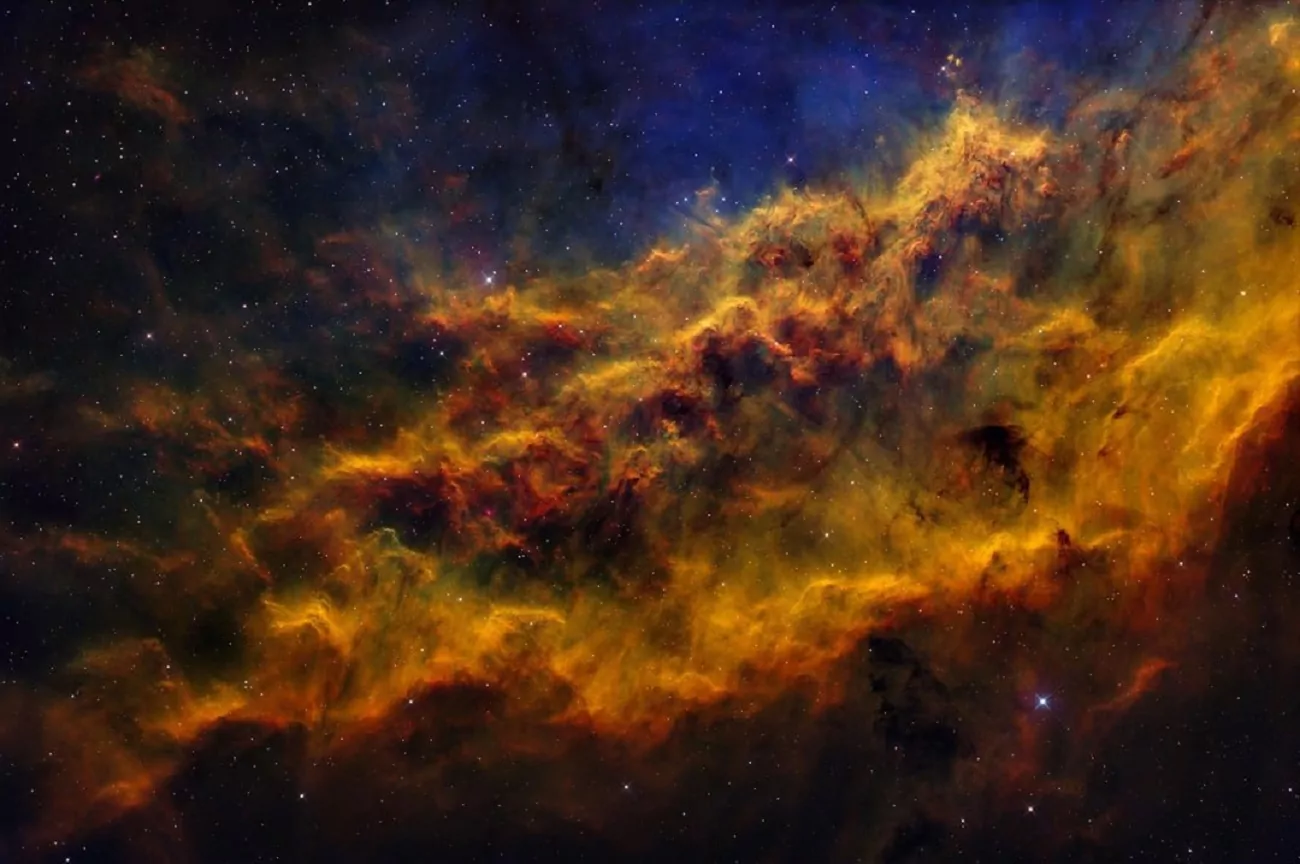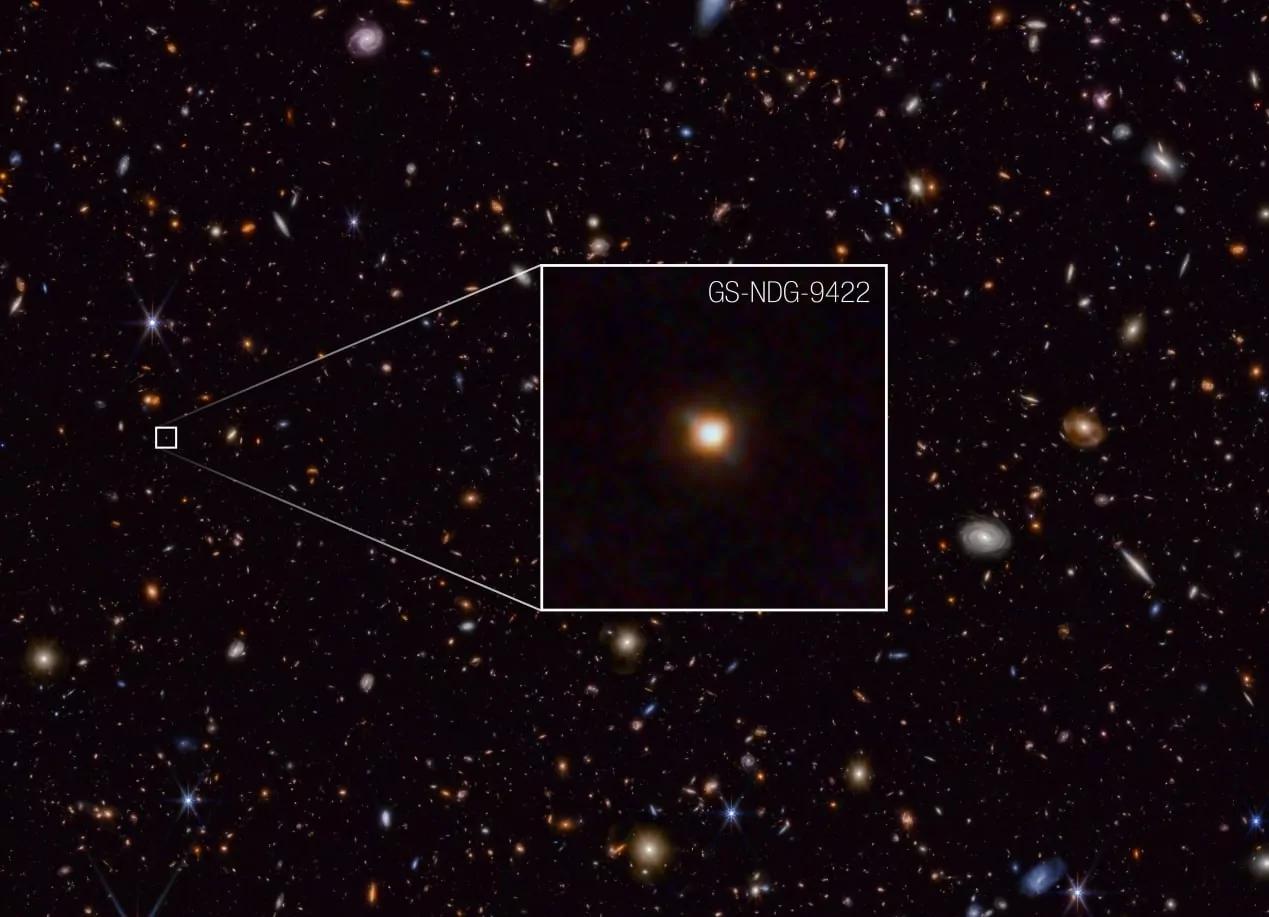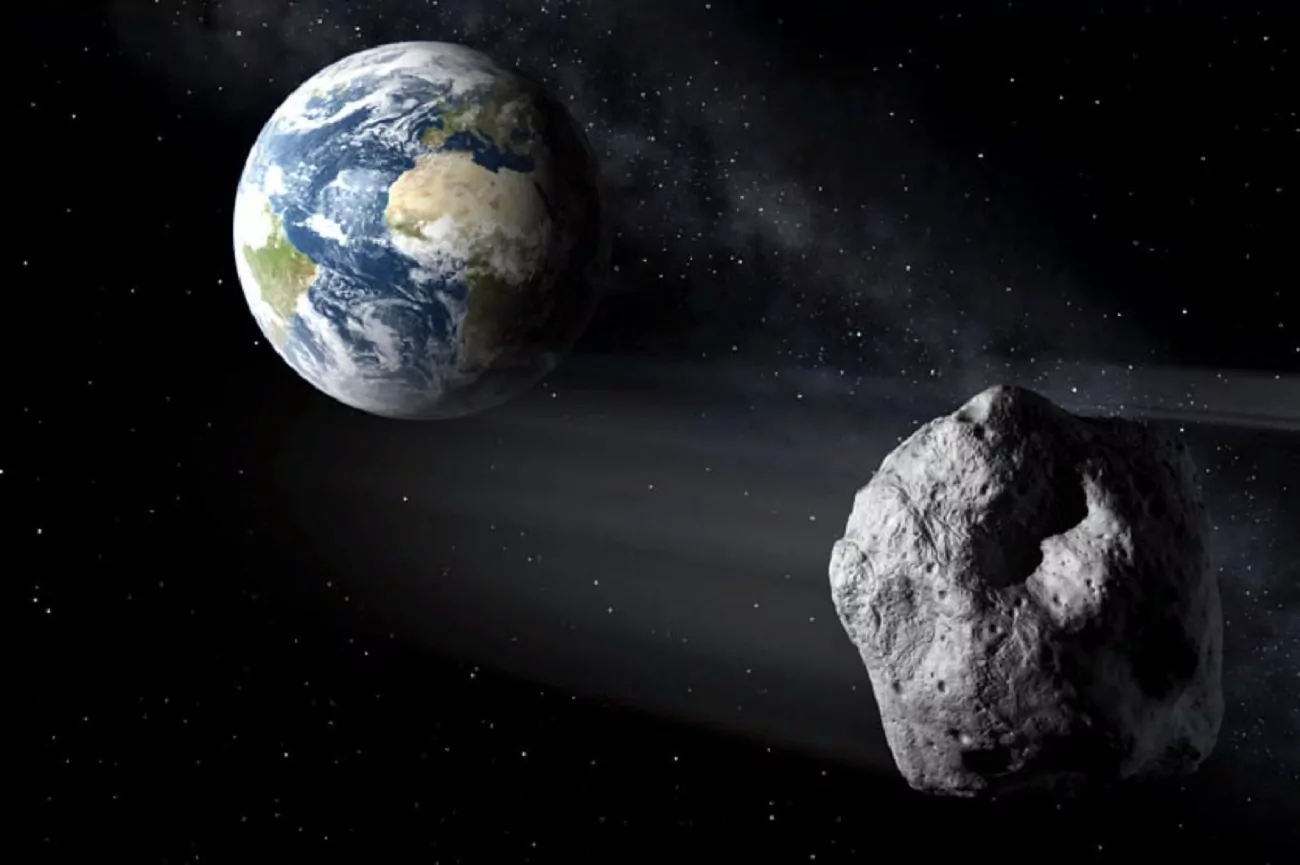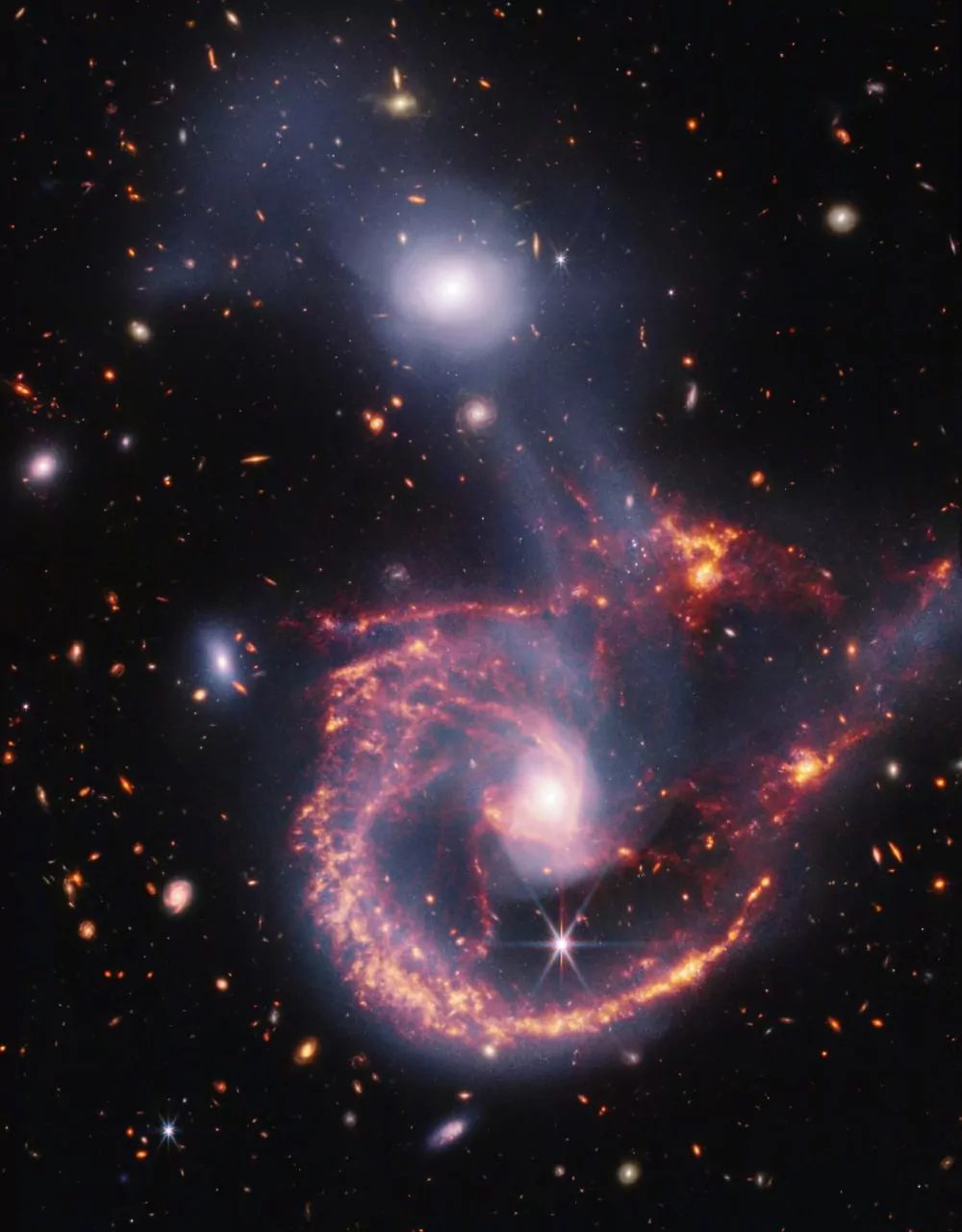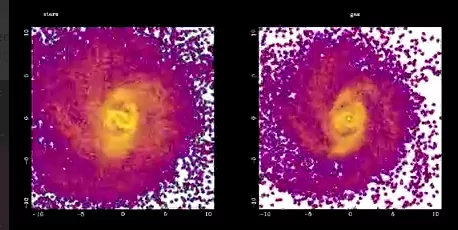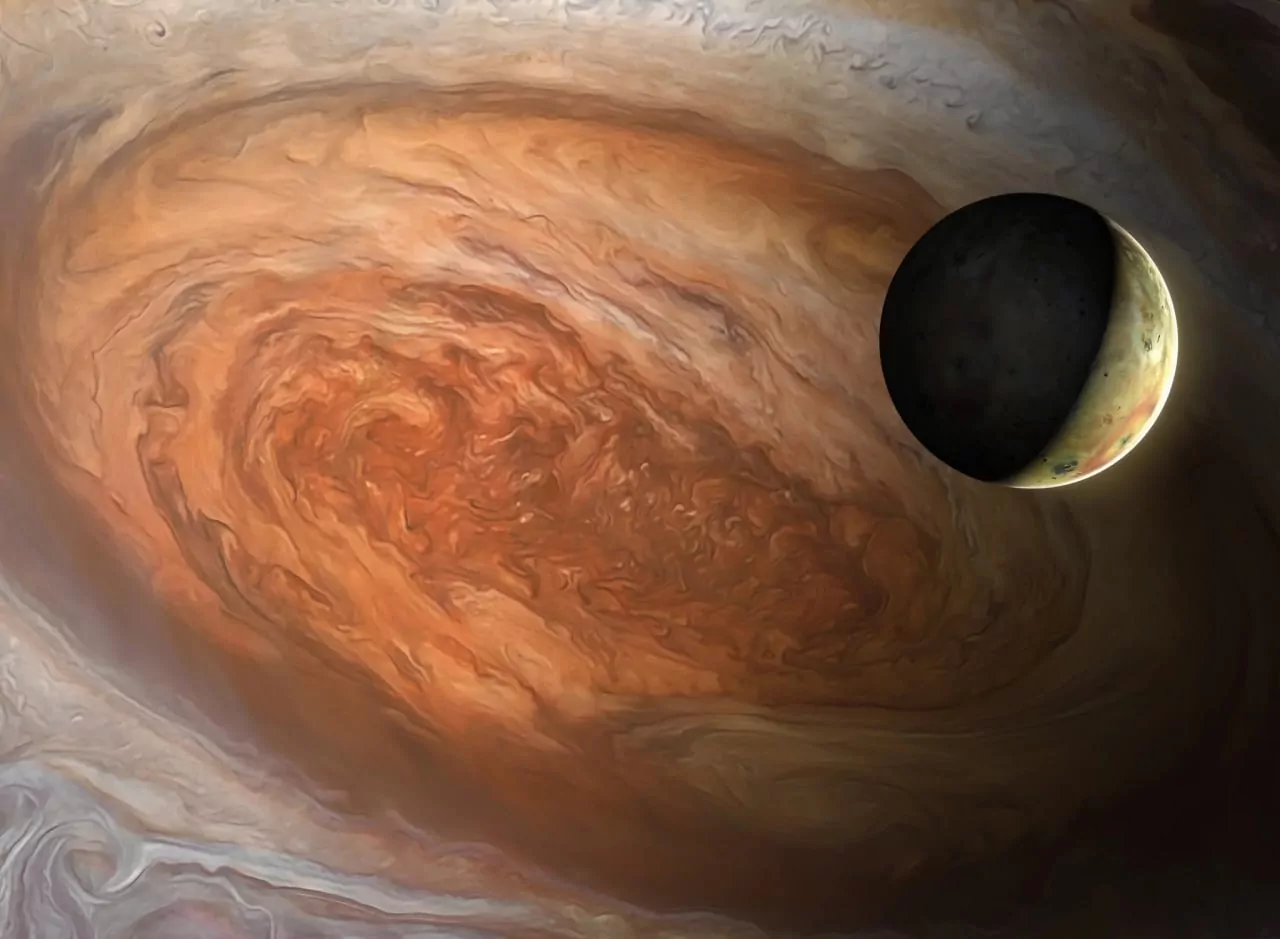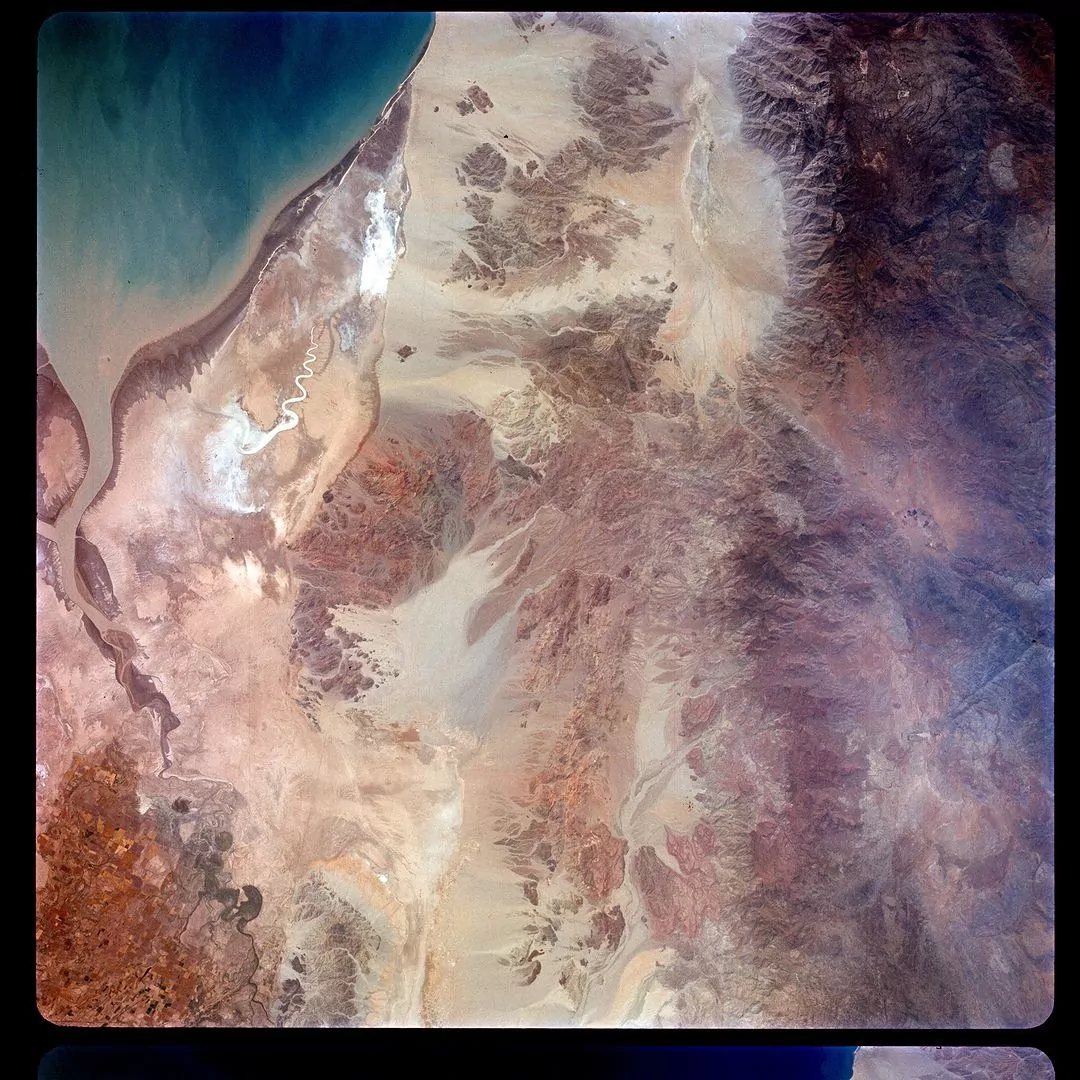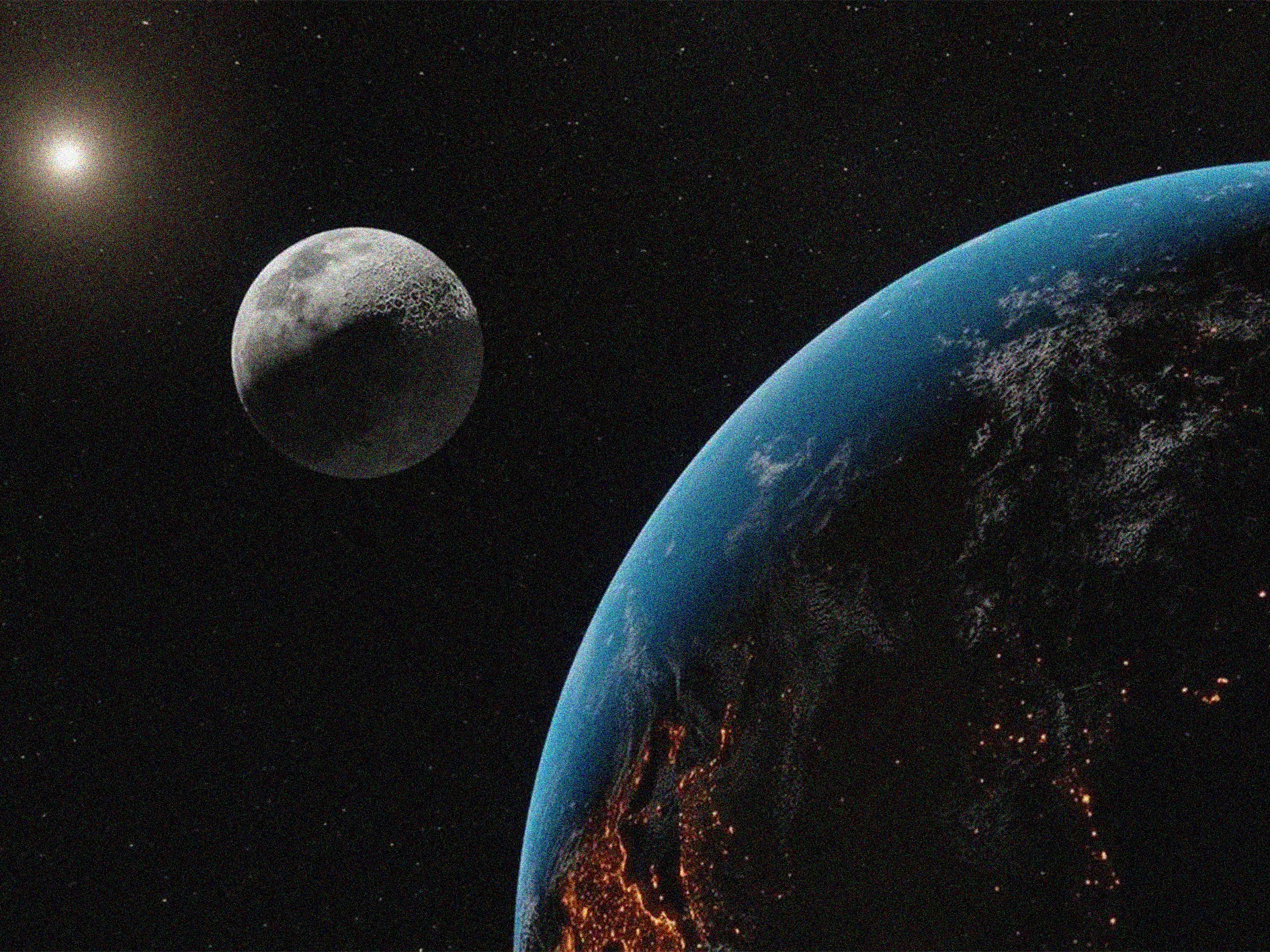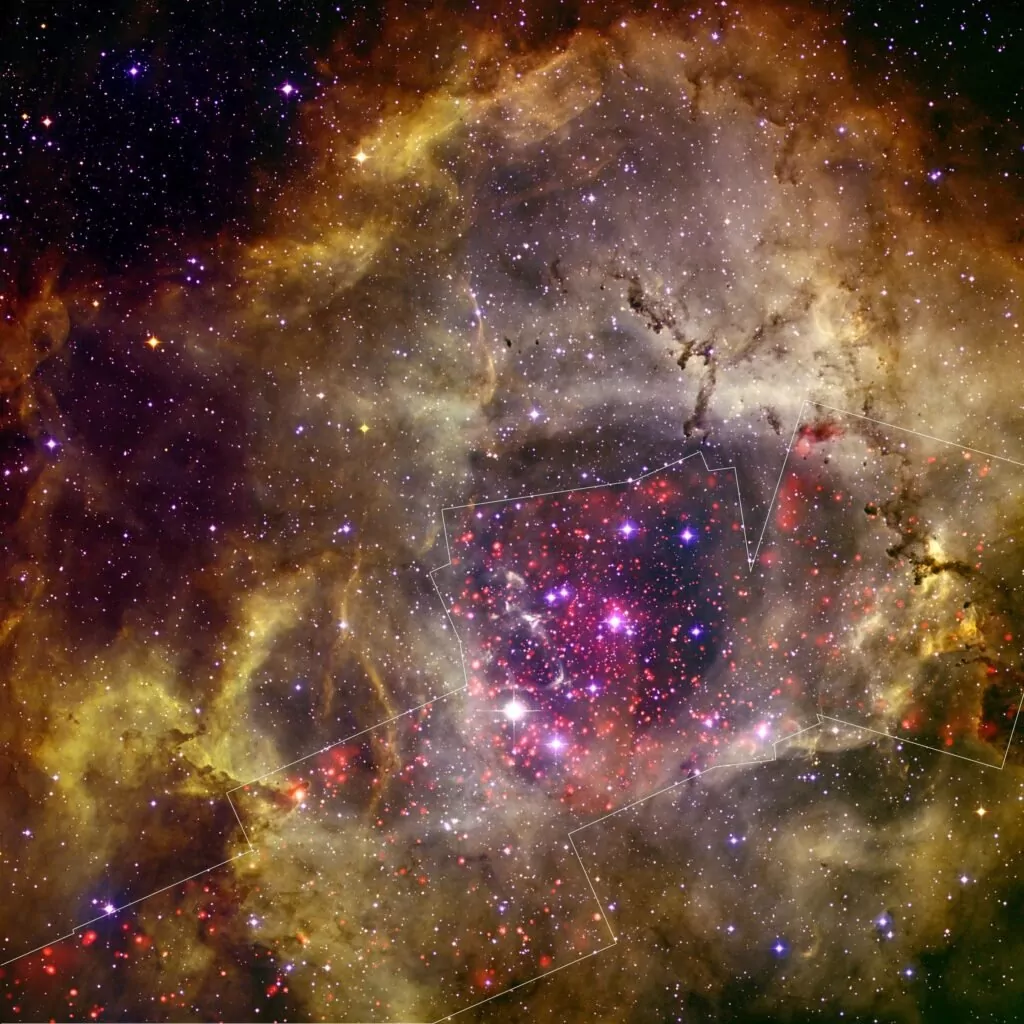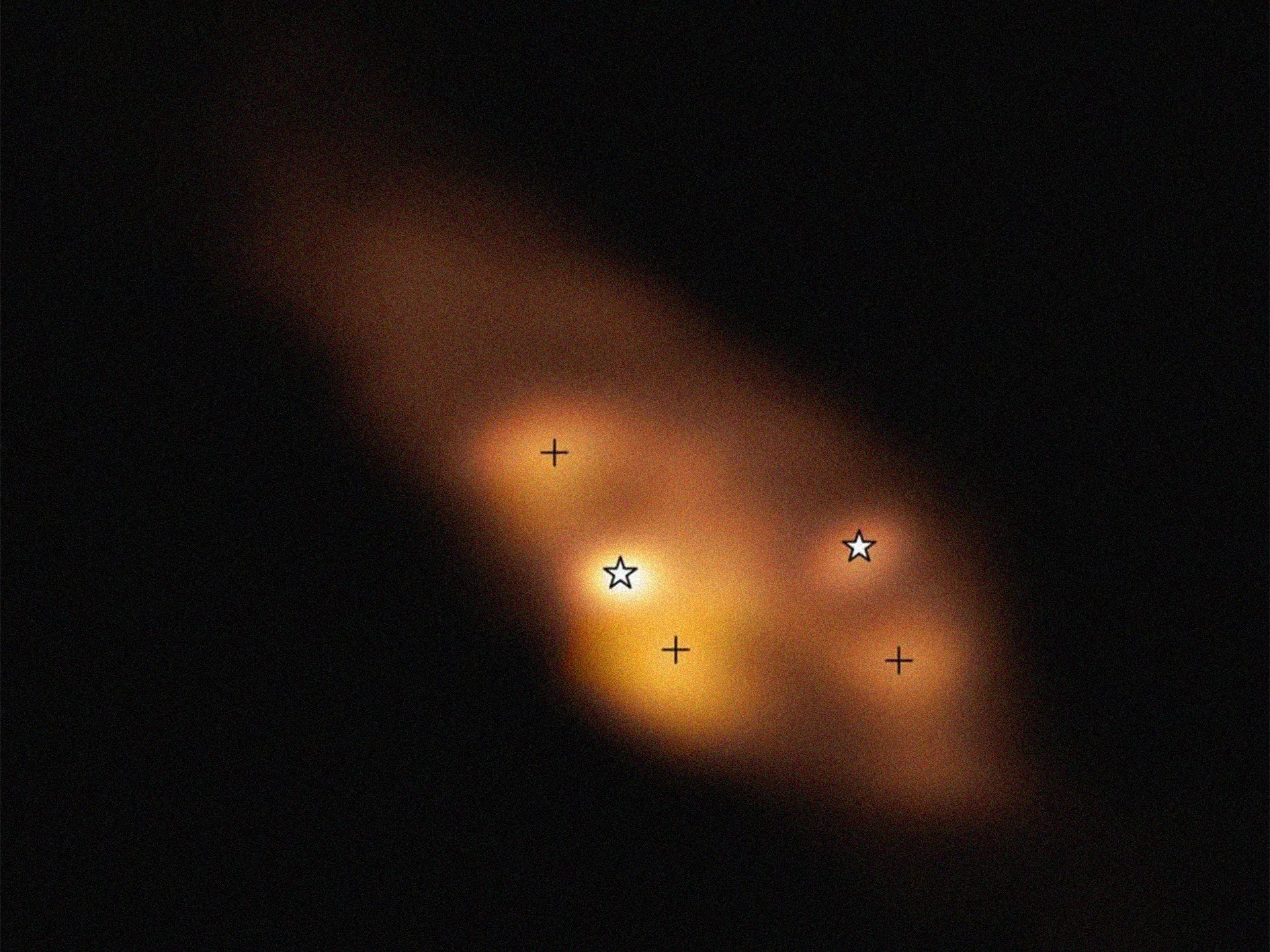-
The California Nebula (NGC 1499)

The California Nebula (NGC 1499) is an emission nebula located in the constellation Perseus. It got its name due to its shape, which resembles the outline of the state of California. It is one of the bright deep-sky objects and attracts the attention of both astronomers and sky enthusiasts. Main Characteristics: Appearance and Glow The…
-
James Webb discovered a unique galaxy: the gas inside it turned out to be brighter than the stars

The James Webb Space Telescope has discovered a unique galaxy where the gas inside shines brighter than its stars. The galaxy, named GS-NDG-9422, is seen as it appeared just 1 billion years after the Big Bang. What makes it remarkable is that the light captured in the image is not coming from its stars but…
-
On April 13, 2029, a 340-meter asteroid, already legendary Apophis, will fly dangerously close to Earth

Asteroid 99942 Apophis is a near—Earth asteroid that has become the object of attention of scientists and the general public due to its potential threat of collision with Earth. First discovered in 2004, the asteroid has a diameter of about 340 meters and belongs to the class of Apollo asteroids crossing the Earth’s orbit. The…
-
James Webb показал взаимодействие двух галактик

Это изображение соединения эллиптической и спиральной галактики, известного под названием Arp 107, комбинирует данные двух приборов: MIRI и NIRCam. Прибор ближнего инфракрасного диапазона NIRCam показывает старые звезды внутри обеих галактик и связь между ними, например, белую газопылевую область. Благодаря среднему каналу MIRI мы видим снимок ядра спиральной галактики, где расположена сверхмассивная черная дыра. Оранжевым цветом…
-
«James Webb» discovered spiral galaxies with jumpers formed in the early Universe

A new study based on observations of the James Webb Space Telescope suggests a new look at the evolution of galaxies. As part of an early program to study distant galaxies, the observatory discovered well-structured spiral galaxies at a time when they should not have formed yet, if existing models are followed. Jumpers were observed…
-
A ground-based telescope has seen a very powerful volcanic eruption on Jupiter’s moon Io

The Soho ground-based telescope has recorded one of the largest episodes of volcanic activity on Jupiter’s moon Io. It began in July last year and lasted about six months, accompanied by the release of a substance on Wednesday near the satellite. These observations are important not only for scientists, but also for the automatic station…
-
Earth images from the Gemini 4 mission

In this mission, Edward White became the first American astronaut to make a spacewalk. White and McDivitt spent a lot of time observing the Earth and photographing it.
-
Mask’s spaceship, Printer rocket and hybrid engine: what will fly into orbit in 2023

Los Angeles-based startup Relativity Space aims to become the first space company to launch a fully 3D-printed launch vehicle into orbit. After almost eight years of development, the company planned the first orbital flight of the Terran 1 rocket on January 31, 2023. Another new company that plans to conquer space in the coming year…
-
Giant nebula «Rosette»

Here is a composite image of the Rosette nebula, located about 5,000 light-years from Earth. This region of ionized hydrogen is famous for rapid star formation. To create the image, we used:— X—ray data (red) from NASA’s Chandra Space Observatory; X-ray data allows us to see hundreds of young stars grouped in the center of…
-
Astronomers have discovered areas with unusual properties around young stars

Their formation may be associated with shock waves. The ALMA snapshot shows similar regions. They are located in a dust disk surrounding two very young stars. The colors indicate the temperature distribution: brighter shades correspond to a higher temperature. Shock waves may help enrich the gas at the early stages of the formation of the…
